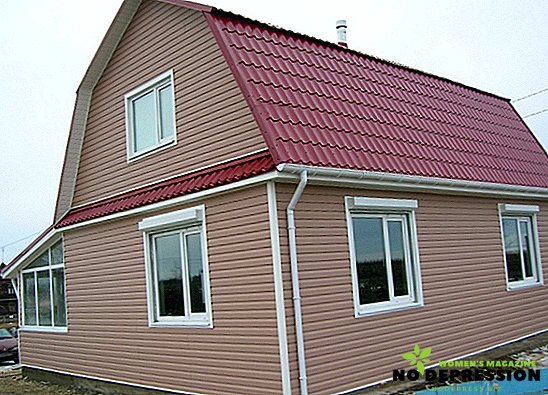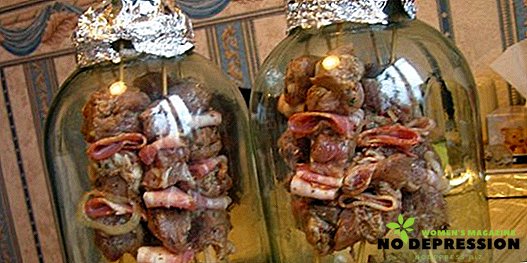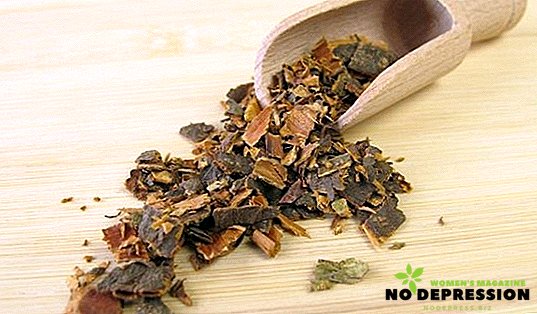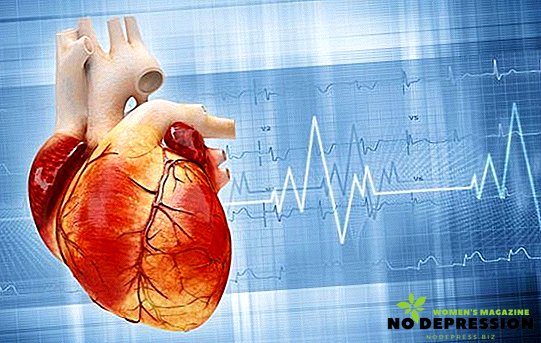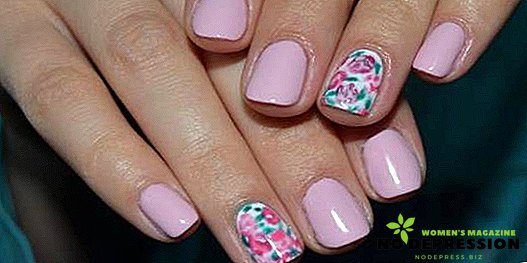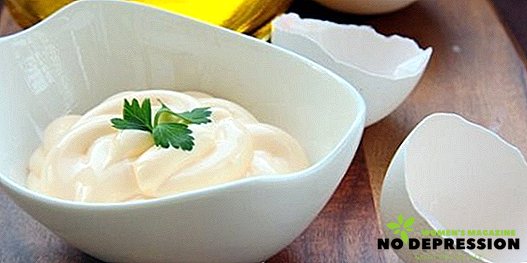Lumbodynia - chronic back pain. Physically developed people are most affected by this pathology. In 80 cases out of 100 this syndrome occurs due to problems with the spine. But with the right treatment, the pain goes away completely.
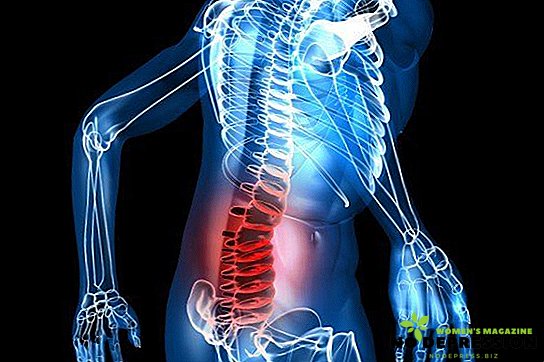
What is lumbodynia, how does it manifest itself?
Lumbodynia is a aching pain in the lower back. Develops gradually over several days after heavy loads. For example, a man moved a heavy cabinet, carried a bag of potatoes, and after a few days felt “lumbago” in the lumbar region. Most often, this syndrome occurs against the background of osteochondrosis, with metabolic disorders in the spine. Due to dystrophic processes, the distance between the vertebrae decreases, which leads to compression of the nerve roots. Muscle cramps and pain occur in response to pressure.
Lumbodynia is often confused with many other diseases, such as lumbago. Despite the fact that these diseases are similar in form, they are very different in essence. For example, when lumbago pain arises suddenly, like a backache, very sharp. In lumbalgia, discomfort develops gradually, building up strength together with the disease that caused it.
Pain is described by patients as heavy, pressing, arching. At the same time, the intensity of unpleasant sensations rarely reaches a level when it becomes difficult for the patient to move. During the period of exacerbation, the pain may increase and reach a peak by 3-5 days, after which it slowly subsides.
In most cases, there are symptoms of radicular syndrome, that is, pinching of the nerves that extend from the spinal cord. These include:
 Reflected pain symptoms that occur in the abdomen, buttocks, perineum - caused by squeezing of the nerves responsible for this area. The pain spreads along the nerve, arises in a distant part of it.
Reflected pain symptoms that occur in the abdomen, buttocks, perineum - caused by squeezing of the nerves responsible for this area. The pain spreads along the nerve, arises in a distant part of it.- Numbness of skin on lower back, thighs.
- The feeling of crawling goosebumps or itching, which is not due to objective reasons.
- Cool skin of the feet.
- The problem with the innervation of the muscles leads to an uneven distribution of loads, which can cause asymmetry of the buttocks.
- Problems with the reproductive system. So, the nerve roots of the lumbar spine are responsible for the functioning of the internal organs, the regulation of the blood supply. In addition to pain, women may experience menstrual irregularities, inflammation of the uterus and ovaries, in men - erectile dysfunction, prostatitis, decrease in libido.
What can cause illness?
Lumbodynia can occur as a chronic condition, when relatively good state of health gives way to exacerbation. As a rule, the increase in pain is preceded by:
- hypothermia;
- severe physical exertion;
- prolonged stay in an uncomfortable position;
- back injuries.
Often, exacerbation or development of this condition provoke diseases of the hip, ankle joints, bruises. This is due to the fact that the spine is the most loaded part of the spinal column. A limp, which is characteristic of the above diseases, destabilizes the vertebrae. This can cause more serious irregularities in this area.
How is the diagnosis?
The doctor may suspect this condition at the stage of collecting complaints and the patient's history. Objective diagnosis, including the study of neurological status, will help to make the correct diagnosis. But in order to find out which pathology provoked the development of pain, the doctor must prescribe additional diagnostic methods to the patient, among which the leading role belongs to:
- radiography of the lumbar spine;
- CT scan;
- MRI
On the radiograph, you can detect serious changes in the structure of the spine, damage, narrowing of the cracks, bone growths, osteoporosis. Computed tomography is a more informative method. This study will allow you to get a clear picture of the spine, surrounding tissues, to identify the disease, such as herniated disc, stenosis, neoplasm.
The most informative method is magnetic resonance imaging. Thanks to it, it is possible to reliably diagnose changes in the spine and surrounding tissues and organs. Also, doctors can prescribe the following diagnostic methods:
- electromyography;
- electroneuromyography.
With their help, you can detect a violation of the transmission of nerve impulses through the fibers of the muscles. For the detection of tumors and the source of infection, the patient may be prescribed scintigraphy. This research method is based on the different absorption of a special substance by healthy and pathologically changed tissues.

If the doctor has suspected pinching of the nerve roots, thermography will help confirm or refute this conjecture. With the help of special infrared sensors, body temperature is measured from two sides to the expected damage site and below. For the differential diagnosis of lumbodynia and diseases of the abdominal cavity can be assigned to ultrasound. Also, this method will help to detect damage to the tendons, ligaments.
To determine the inflammatory process in the body of any nature, laboratory tests are carried out: they take a complete blood test, urine test, rheumatic tests, and so on.
Principles of treatment of lumbodynia
First, the main pathology should be treated, against which the pain syndrome has arisen. Depending on this disease, neuropathologists, orthopedists, therapists deal with therapy.
In order to alleviate the patient's condition, speeding up recovery, bed rest is recommended.
Rest is considered one of the most important treatment conditions, without which all other methods of treatment will not be meaningless.
Among the medicines emit:
- Nonsteroidal anti-inflammatory drugs, such as Meloxicam, Diclofenac, Nimesulide. They will help to remove the pronounced inflammatory process, reduce pain. Drugs prescribed a short course - about 5-7 days. It is very important to protect the stomach, for which, while taking NSAIDs, take proton pump blockers, such as omeprazole.
- Muscle relaxants such as Tolperisone, Sirdalud. These drugs relax cramped muscles, reduce muscle tension.
- Vitamins of group B, for example Milgamma, Neyrobion. Needed to power the nervous tissue, improve the transfer of impulse from the neuron to the neuron.
- Diuretic drugs - Furosemide or Torasemide. They are prescribed for tissue swelling in the affected area. For drugs with a similar effect include L-lysine and escinate. In addition to the anti-edema effect, they have analgesic and anti-inflammatory effects.
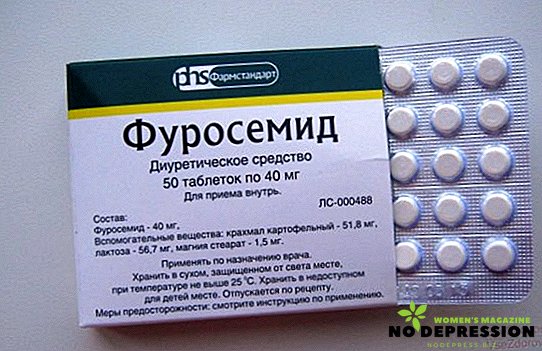
- Preparations for improving blood circulation, such as Nicotinic acid, Pentoxifylline. In some cases, antidepressants and anticonvulsants may be prescribed.
- Hondoprotectors, such as Roumalon or Mukosat. These drugs affect the articular cartilage, activating their metabolic processes. Thus, they help to partially restore their structure, slow down the progression of the disease. Apply a long course of up to six months no more than 3 times a year.
Physical therapy will also help:
- massage;
- manual therapy;
- reflexology;
- ultrasound therapy;
- cryotherapy;
- hirudotherapy;
- spinal traction.
One of the most effective methods of eliminating chronic pain in this pathology is therapeutic physical training. It strengthens the muscles of the back and press. It should be noted that some of the above methods can be used to relieve pain in acute pathology, others - only when the main symptoms are eliminated, it is necessary to consolidate the effect of treatment.
Traditional methods of treatment
It must be remembered that only one folk remedies can not cure this disease. Therapy should be comprehensive. Competent combination of traditional and traditional medicine will speed recovery.
Sap
Take the sap of any coniferous tree, melt in a water bath. Then combine 20 ml of liquid coniferous resin with 150 ml of vegetable oil, mix. Apply the composition on a linen cloth, attach to the lower back and wrap with a plaster. After a day, replace the compress. Course duration - at least 2 weeks.
Herbal ointment
In equal proportions mix the dried rhizome of Althea, the roots of dandelion, lavender, yarrow, field horsetail. Mix, take 30 g of raw materials, pour a glass of boiled water and send to the stove to simmer on a small fire for 10 minutes. Then combine the product with 100 g of melted pork fat. Put the mass in the fridge. Rub the affected area 2 times a day. After applying the ointment you need to massage your back for 20 minutes, wrap.
Comfrey
 Take dried comfrey root, finely chop, brew with boiled water and leave the mixture to infuse for 2-3 hours. Filter, combine with melted butter, mix. When the mixture hardens a little in the refrigerator, apply on the lower back with massage movements and warm your back.
Take dried comfrey root, finely chop, brew with boiled water and leave the mixture to infuse for 2-3 hours. Filter, combine with melted butter, mix. When the mixture hardens a little in the refrigerator, apply on the lower back with massage movements and warm your back.
Sabelnik
Crush the dried plant, pour two tablespoons of raw material with a glass of boiled water. Leave for about an hour, filter, put the resulting mass on a layer of gauze, squeeze out excess water. Apply the product to the affected area.
Healing baths
Take beet-leaf tops - about 1.5 kg, crushed shells of 20 chicken eggs, mix everything. Transfer the mass to a large saucepan, cover with water and bring to a boil. Tomit on low heat for half an hour. Cool the product, pour it into the bath and take it for 15 minutes.
Plum
Pour the kernel of plum pits with alcohol, send to a dark room for 14 days. After that, daily wipe the lower back with this tool.
Horseradish
Take two horseradish rhizomes, finely chop, in equal proportions, combine with flour, vinegar and salt, mix. Put the mass on a napkin and attach to the lower back, wrap cellophane on top and band it up. It is desirable to wrap the top with a warm scarf. Wear this dressing for 3 hours every day.
Burdock
Rinse a few leaves of the plant, pour boiling water over them, attach it to the diseased area, cover it with a warm cloth and perebintyuyte.
Healing Compresses
Peel radish, chop grated. Spread a thin layer on a linen fabric, attach it to the waist, cover it with cellophane and wrap it with a warm scarf. Remove the bandage should be after the feeling of heat.
Red clay
You will need refined red clay, which is combined with a small amount of water, heated, stirred. The result should be a homogeneous mixture. You can add a little turpentine. They make a cake from the mass, apply it to the waist, and cover it with a warm scarf on top. The duration of the procedure - until the cake cools. But if there is a strong burning sensation, in order to avoid a burn, the treatment in this way should be stopped immediately.
Healing Infusion
In equal proportions, mix the dried leaves of plantain, sweet clover, calendula flowers, horsetail. All finely chop, take two tablespoons of the mixture and pour 500 ml of boiled water. Leave to insist in a thermos for a day. Then filter the product by ingesting 50 ml of this drink 4 times a day.
Back pain ointment
In equal proportions, take celandine, plantain, eucalyptus, yarrow, dandelion, valerian and lavender grass. Grind to a mushy consistency, cover with water, hold in a water bath for about 25 minutes.
Prognosis and prevention
In lumbalgia, prognoses directly depend on the reason for the occurrence of this syndrome. With adequate treatment, the prognosis is favorable - the symptoms regress and no longer bother. If the pain appears on the background of chronic diseases of the internal organs, the spine, due to injuries, the prognosis can be called relatively favorable or unfavorable. The latter can be observed if malignant neoplasms have become the causes of lumbalgia.
To prevent the development of pain, it is necessary to avoid increased loads on the spine. It is also important not to lift weights. If you need to lift the load, do not perform this action, bending over on straight legs: bend your knees, keep your back straight, lift weights, using the muscles of your arms and legs.
To work at the computer, choose a comfortable chair equipped with an anatomically shaped back, and use an orthopedic mattress for sleeping.
You also need to strengthen the muscles of the back, which is perfect for swimming, fitness, cycling. An active lifestyle is also important: walking and daily walks in the fresh air will help in this. It is also necessary to avoid hypothermia, eat properly, control body weight. If these recommendations are followed, the risk of lumbodynia is significantly reduced.


 Reflected pain symptoms that occur in the abdomen, buttocks, perineum - caused by squeezing of the nerves responsible for this area. The pain spreads along the nerve, arises in a distant part of it.
Reflected pain symptoms that occur in the abdomen, buttocks, perineum - caused by squeezing of the nerves responsible for this area. The pain spreads along the nerve, arises in a distant part of it.
